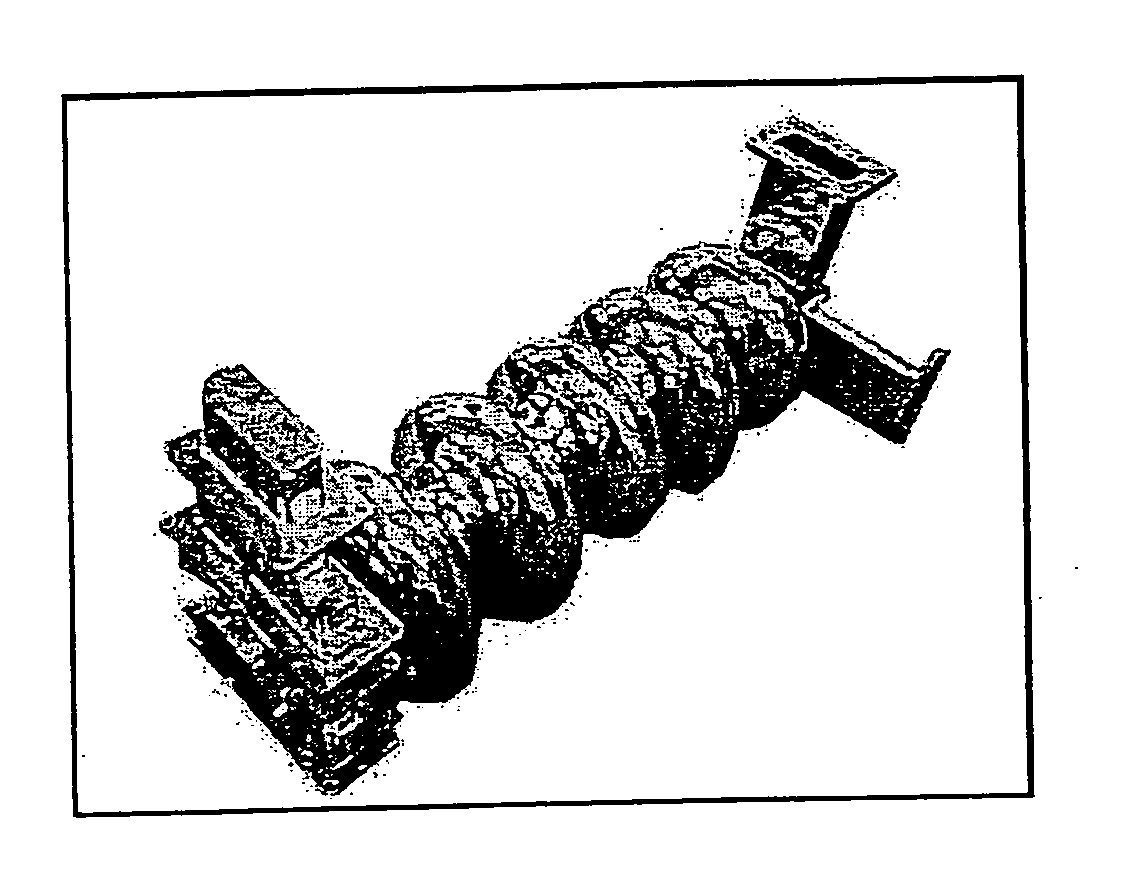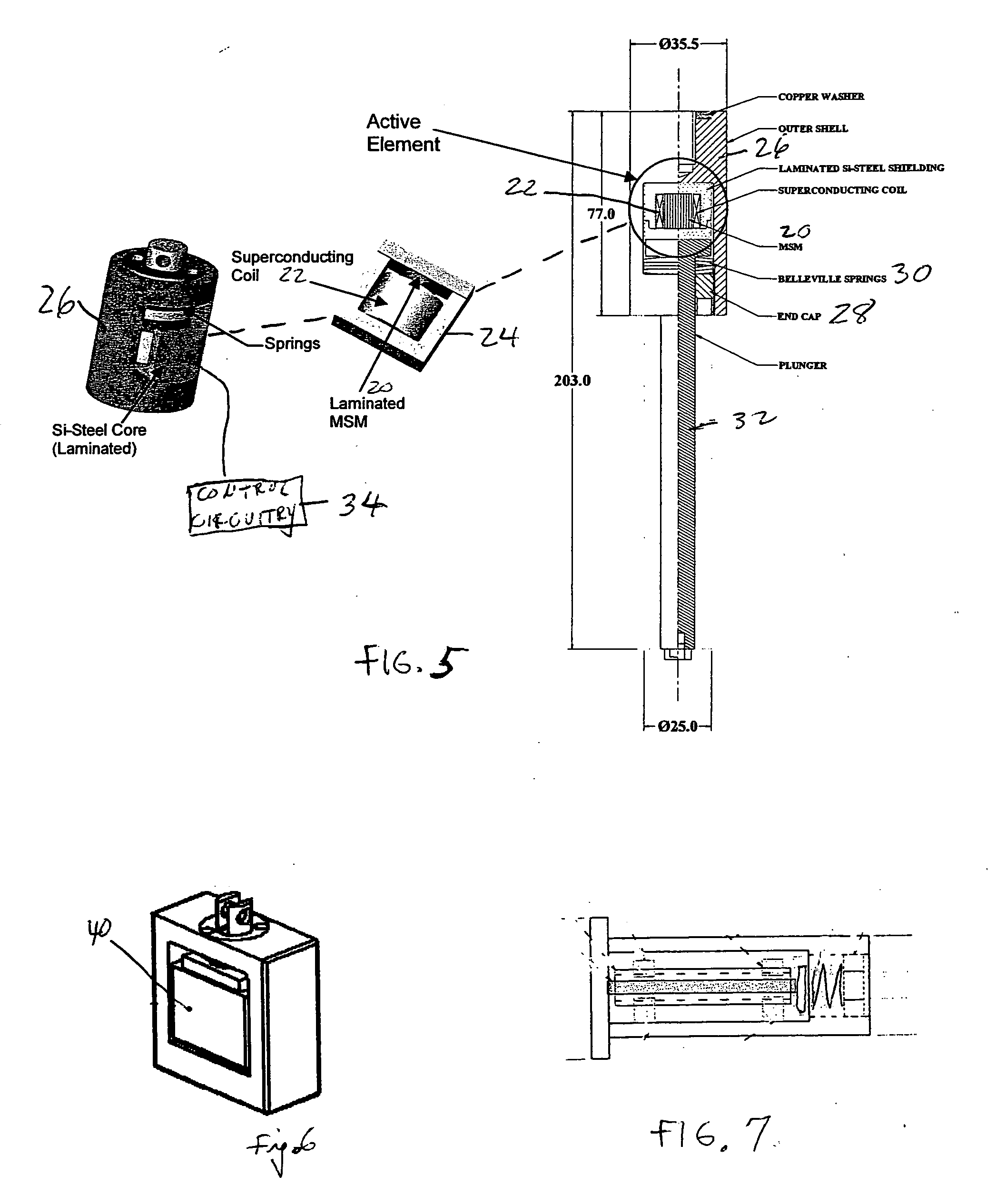Tunable superconducting RF cavity
a superconducting, cavity technology, applied in the direction of resonators, antennas, electricly long antennas, etc., can solve the problems of large and complex machines, less effective coupling energy into the particle to achieve the acceleration of the desired particle, and limit the precision they can achieve. , to achieve the effect of high speed, low power and high for
- Summary
- Abstract
- Description
- Claims
- Application Information
AI Technical Summary
Benefits of technology
Problems solved by technology
Method used
Image
Examples
Embodiment Construction
[0022] Some of the theory on which the present invention is based will now be described. While overall strain capability and force density are important in actuating material selection, what is important for the acoustic control applications disclosed herein is the ability of the material to absorb and remove acoustic energy from its surroundings. For the applications set forth in this specification, the correct figure of merit is strain energy given by the following equation:
E=½ YSSS2max
wherein E is the strain energy, YSS is elastic modulus, and Smax is the saturation magnetostrictive strain of a given material. FIG. 3 compares the strain energy for several actuator materials. This figure shows that magnetostrictors such as TbDyZn and Terfenol-D have significantly higher strain energy than PZT, the most commonly used piezoelectric actuator material. Thus, for vibration damping for a particle accelerator, magnetostrictive actuators are more efficient. This improved efficiency tra...
PUM
 Login to View More
Login to View More Abstract
Description
Claims
Application Information
 Login to View More
Login to View More - R&D
- Intellectual Property
- Life Sciences
- Materials
- Tech Scout
- Unparalleled Data Quality
- Higher Quality Content
- 60% Fewer Hallucinations
Browse by: Latest US Patents, China's latest patents, Technical Efficacy Thesaurus, Application Domain, Technology Topic, Popular Technical Reports.
© 2025 PatSnap. All rights reserved.Legal|Privacy policy|Modern Slavery Act Transparency Statement|Sitemap|About US| Contact US: help@patsnap.com



